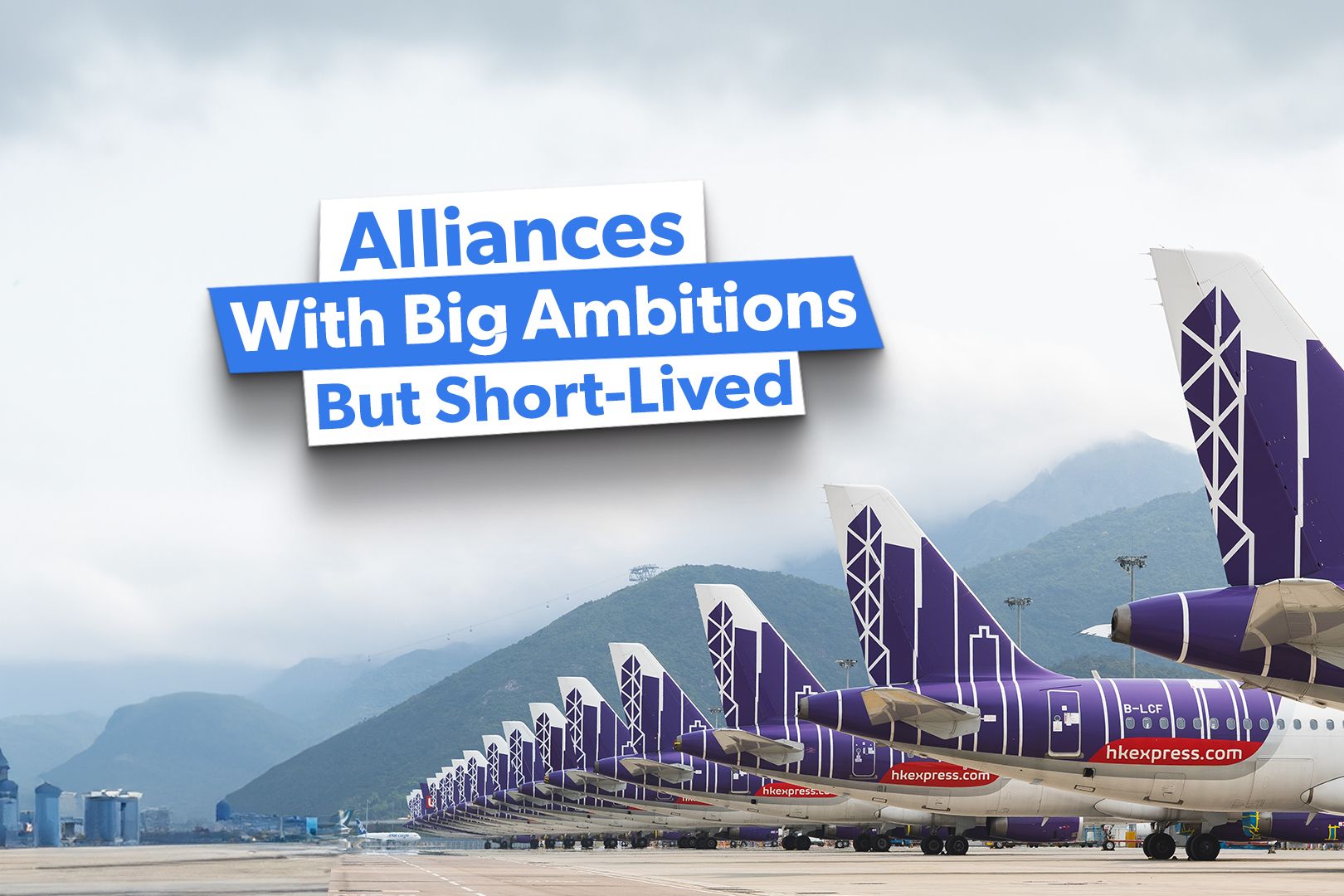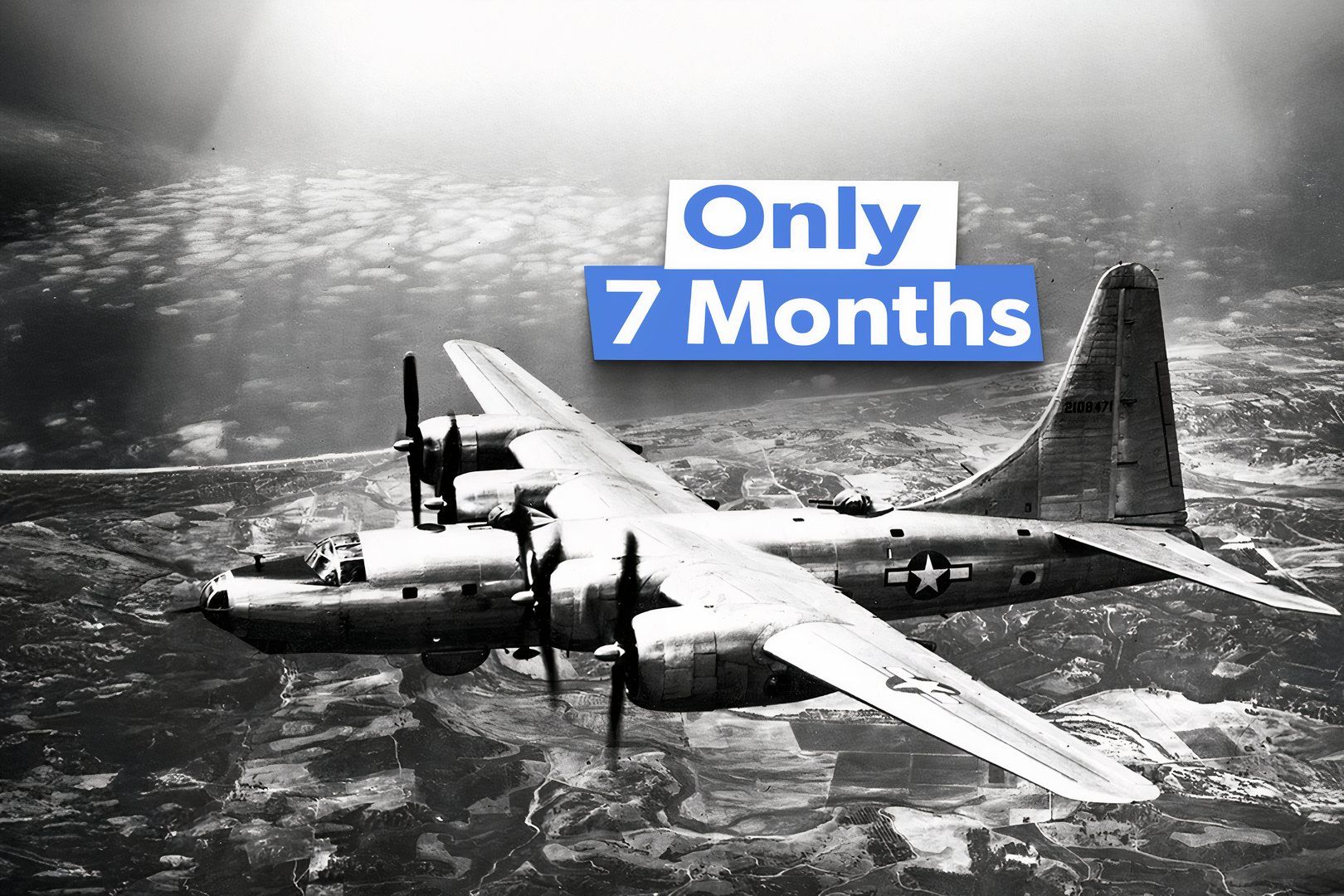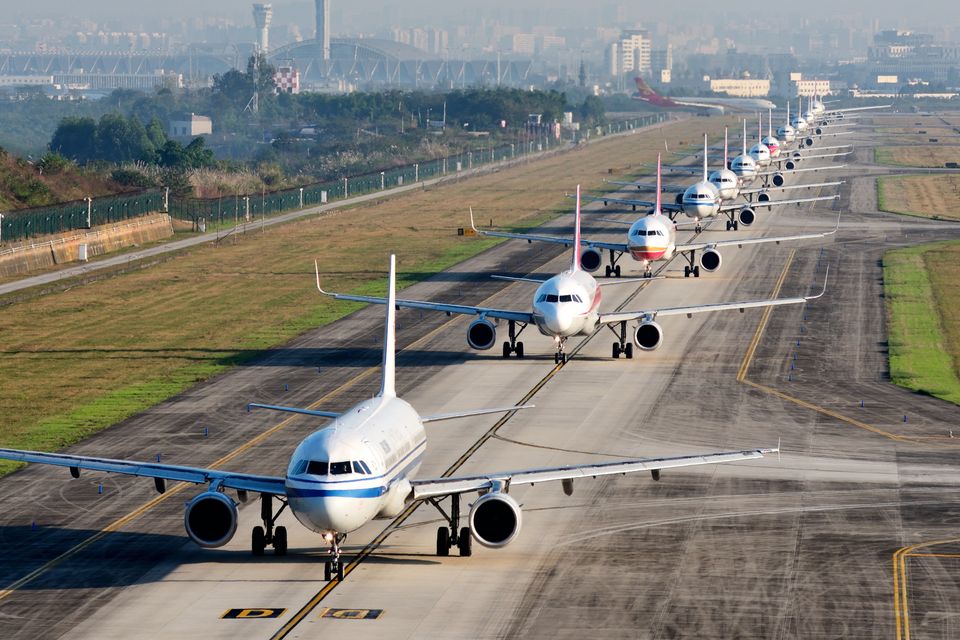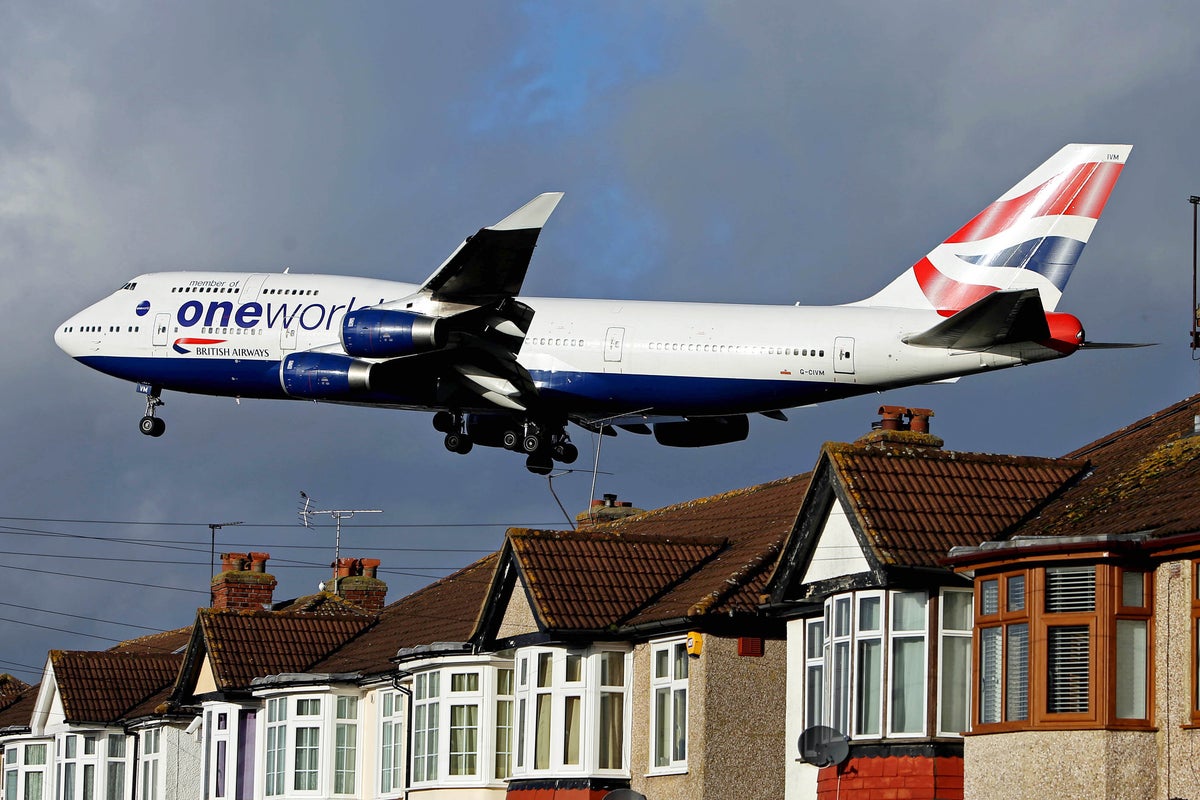East and Southeast Asia have their fair share of low-cost airlines (including AirAsia , Lucky Air, Scoot , VietJet, Peach, and many others). In 2016, the world saw the formation of two significant Asian low-cost alliances, U-FLY and Value Alliance. At the time, some thought these could be the shape of things to come, ushering in a new era of low-cost alliances providing their answer to the established alliances like oneworld , Star Alliance , and SkyTeam .
But within a few short years, these alliances seem to have fizzled and gone out with a whimper. The main clue they are no longer functioning is that their websites are no longer active. Asia's forgotten low-cost alliances In 2016, the Asia-Pacific saw the formation of two notable low-cost carrier alliances—the mostly Chinese U-FLY and the greater Asia Value Alliance.

However, in a few short years, they were gone. The big airline alliances, like oneworld, Star Alliance, and SkyTeam bring many of the world's full-service carriers and flag carriers into alliances. These enable airlines to offer their passengers much greater options for booking their flights to destinations around the world.
In 2016, there was a push to create low-cost alliances. Advantages provided by airline alliances: Increased networks and access to more destinations Streaming passenger processes Loyalty programs Group purchasing Members of these alliances thought it would put them in a better position to compete with the largest low-cost carriers in the .


















